Contract management is a crucial aspect of successful business operations. In this article, we will explore five different types of contracts and their features to help you understand which approach best suits your business needs.
Overview of Contract Types
A contract type is fundamentally a principle for calculating payment for a project.
The simplest example is a fixed price for a project when you are certain about the scope and/or have done a similar project before; hence, the cost is also clear. In other situations where it is not known beforehand how much time will be required to complete the work, an hourly rate is usually chosen.
The Cost Plus contract type is also selected in cases where the cost of the work cannot be calculated in advance, but it is certain that the customer must pay the contractor’s expenses plus a fixed percentage.
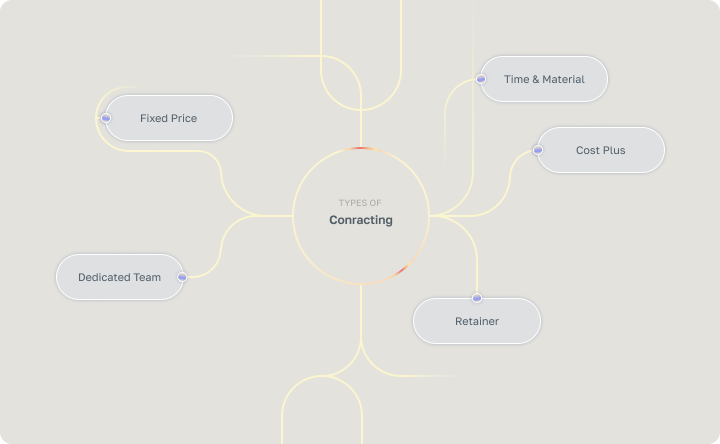
Impact of the Contract Type
The type of contract depends on the working conditions and in turn determines:- The profit for the contractor.
- The risks and responsibilities of both the contractor and the customer.
- The flexibility of the cooperation terms.
Each type of contracting has its advantages under certain circumstances. To assess their convenience and explore the possibilities, let’s examine the types of contracts in detail.
Fixed Price
Essence: Clear definition of the scope of work and its price.
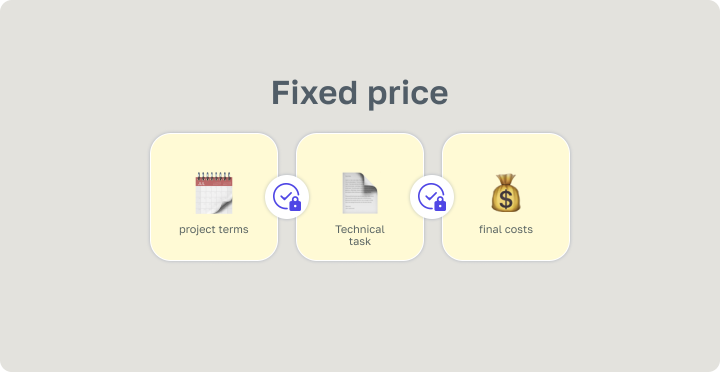
Details: A Fixed Price contract entails a predetermined cost for the project that is set at the beginning of the collaboration and does not change regardless of the time or resources spent.
This model is most commonly used in sectors like IT, construction, and advertising, where clear technical requirements and deadlines are set, such as developing a website for a restaurant with specified design, functionality, and timelines.
Advantages: Predictable budget, defined timelines, and results.
Disadvantages: Almost impossible to make changes once the project starts, which can lead to additional costs if changes are necessary.
Time & Material
Essence: Flexibility in terms and transparency in funding.
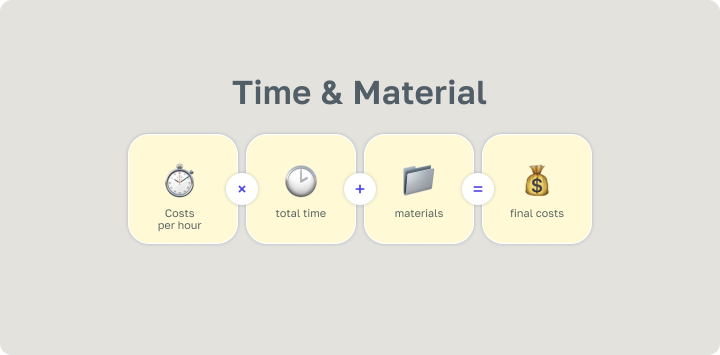
Details: Payment in a Time & Material contract is based on the actual time and resources spent on the project.
This model is often used in IT for developing new products with high uncertainty in parameters and requirements, or in construction when unforeseen circumstances arise during the building process.
Advantages: Flexibility in requirements, possibility of adaptation.
Disadvantages: Uncertainty in budget and timelines.
Cost Plus
Essence: Guarantee of covering costs and added value.

Details: The Cost Plus contract type involves paying for the actual expenses incurred during the project plus a certain percentage of these costs as profit for the contractor.
This model is commonly adopted in industries like construction where the scope or material costs are uncertain.
Advantages: The contractor is motivated to control costs.
Disadvantages: The customer may face higher budget risks.
Retainer
Essence: Long-term collaboration and stable salary.
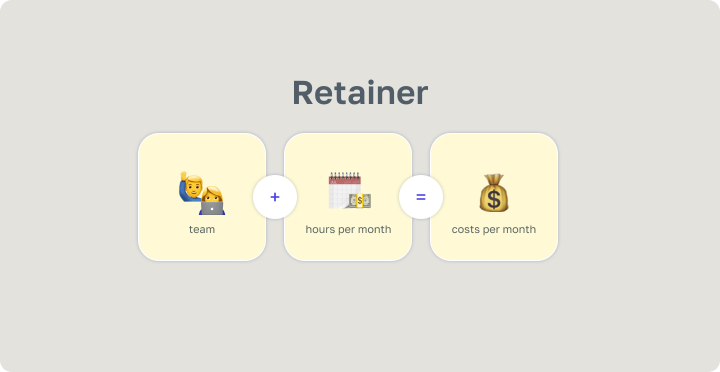
Details: Under a Retainer contract, the customer pays a fixed amount regularly (monthly, quarterly, etc.), regardless of the workload.
This model is typically used in marketing, SMM, content marketing, and legal services, providing predictable expenses for both parties.
Advantages: Predictability of expenses.
Disadvantages: Potential conflicts of interest when workload increases.
Dedicated Team
Essence: Full focus on the client’s project.
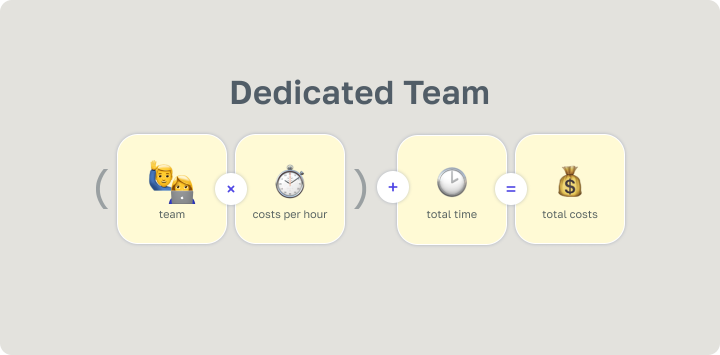
Details: A Dedicated Team contract entails allocating a team of professionals who work exclusively on one project, similar to an outsourced unit operating remotely.
This model is ideal for large-scale IT and design projects where deep integration and control are required.
Advantages: Maximum level of control and team integration.
Disadvantages: The customer pays a higher fixed cost compared to other models.
Conclusion
The choice of contract type should be based on the project’s specifics, available budgets, readiness for risk, and even the experience of interaction between the client and the supplier. The deeper you analyze these parameters, the more precisely you can choose the appropriate contract type.
We hope this article will serve as a resource to help you determine the most suitable contracting model for your business needs. Regardless of the type you choose, Worksection offers effective tools such as a time tracker for models where work hours need to be counted, budget and deadline control for projects requiring precise resource management, and client communication within the system to maintain transparency in work processes. Test these and other advantages of
Worksection for free over a 14-day period.